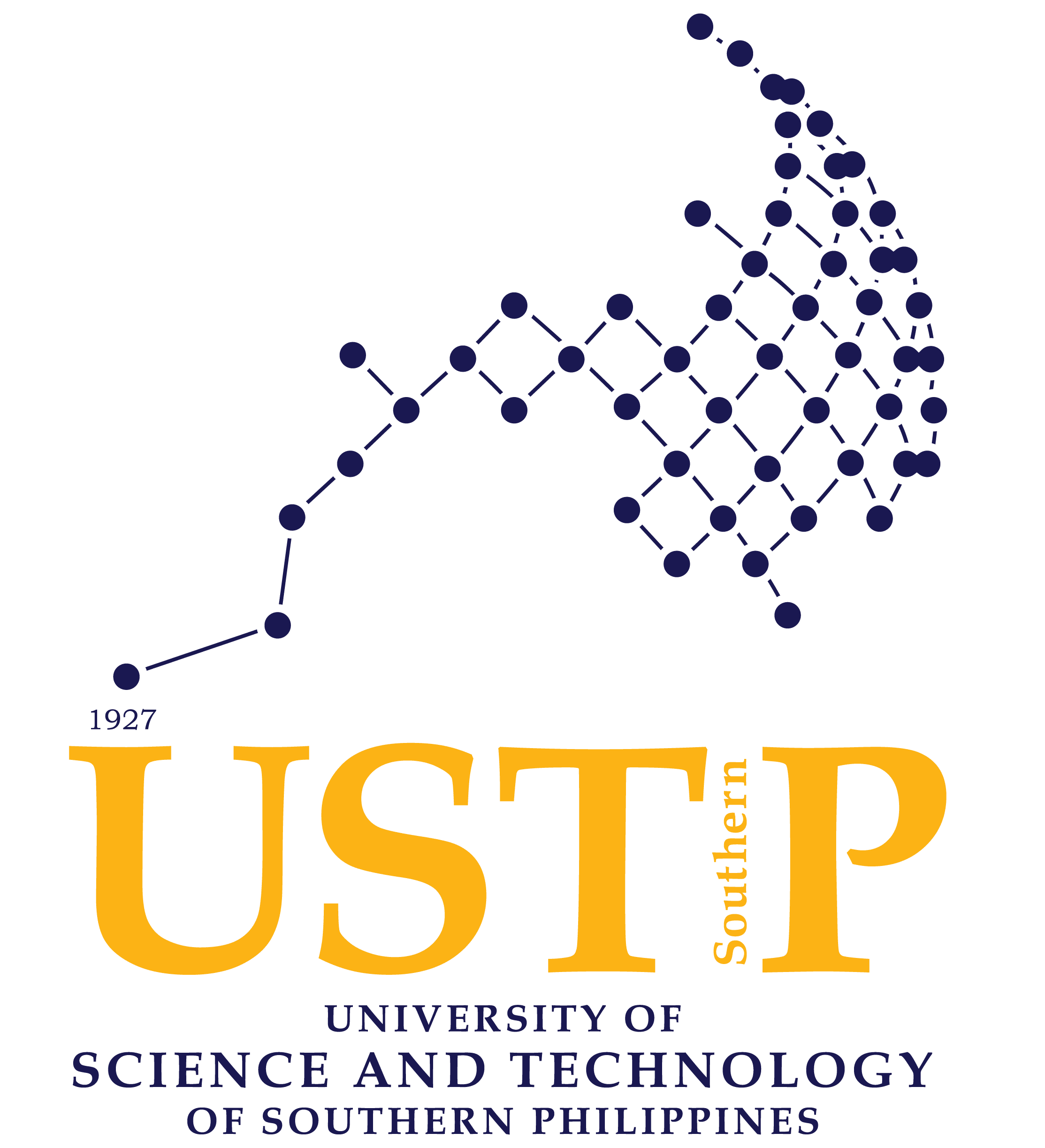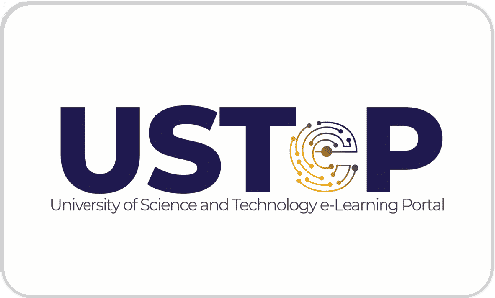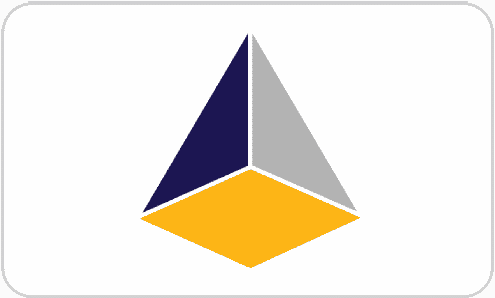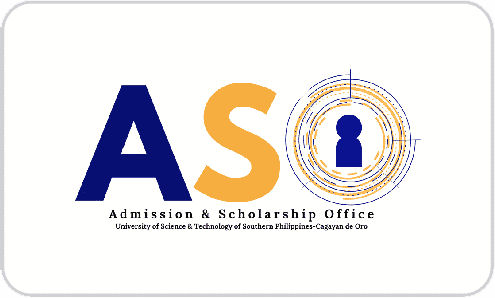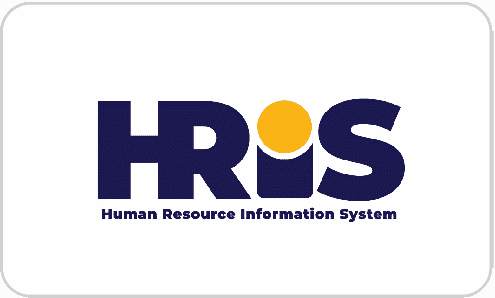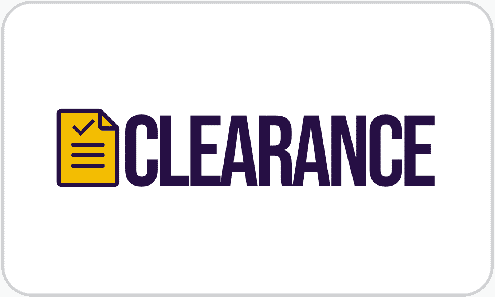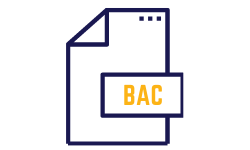BSMB conducts Field Assessment of Marine Macro-Invertebrates
By Charlemagne P. Recente, USTP Panaon BS Marine Biology Faculty
Share:
In pursuit of academic excellence and practical application of theoretical knowledge, second-year Bachelor of Science in Marine Biology (BSMB) students (MB-2C and MB-2D) from the University of Science and Technology of Southern Philippines (USTP) in Panaon, Misamis Occidental, undertook a comprehensive assessment activity last January 10, 2024, within the coastal waters of Punta Tumoy in Barangay Punta, Panaon, Misamis Occidental. The activity was designed to augment students’ understanding of Zoology-Marine Invertebrates.



The students began their assessment fieldwork at 5:30 am, coinciding with the lowest low tide of the day. Following coordinates provided by their instructor, Mr. Charlemagne Recente, the students navigated efficiently to their assigned stations. The sampling strategy, timed for optimal visibility and access to the benthic environment, ensures accurate data collection reflecting the distribution and abundance of the invertebrate population during a critical phase of the tidal cycle.


The purpose of marine invertebrate assessment extends beyond mere documentation of species; it is a comprehensive approach to understanding and managing marine ecosystems, ensuring their sustainability and the well-being of the diverse life forms that inhabit them.
Assessments contribute to students’ awareness of and education about marine ecosystems. Sharing findings with the students helps promote understanding and appreciation for the importance of preserving marine biodiversity.

Synapta maculata

Holothuria scabra

Echinothrix calamaris

Conch

Protoreaster nodosus

Libinia emarginata

Linckia laevigata

Serpula vermicularis
By engaging in this hands-on assessment, the students fulfill their academic obligations and contribute valuable data to the ongoing scientific discourse surrounding marine invertebrate ecology. This practical experience aligns with the broader educational objectives of the program, fostering a holistic understanding of marine biology and instilling a sense of responsibility for the stewardship of coastal ecosystems.



In conclusion, Punta Tumoy in Panaon, Misamis Occidental, has a moderately high level of diversity. Still, the abundance shows that these less prevalent species deserve attention and consideration. While they may not dominate in sheer numbers, their ecological roles and contributions to marine ecosystems are significant and warrant careful examination.
